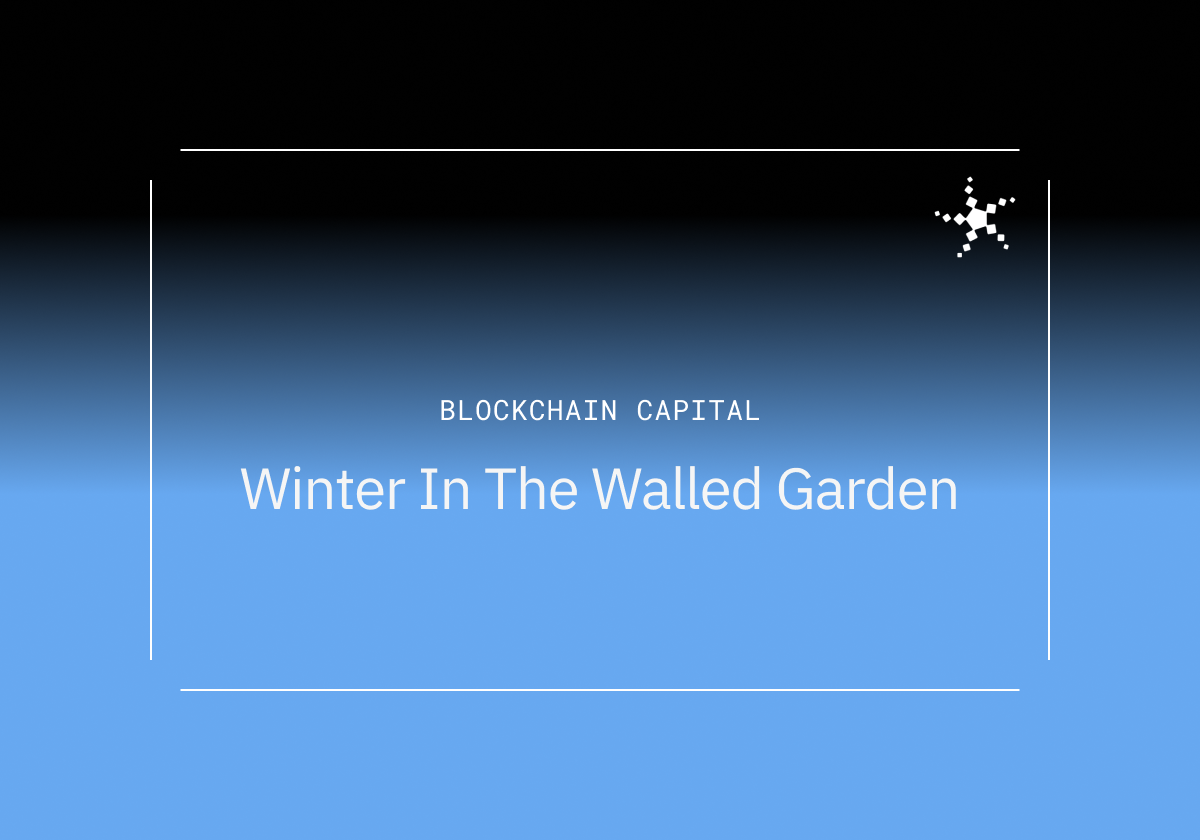
DAO Treasury/Balance Sheet Management
Recommendations and guidance for DeFi protocol DAOs on various instruments that could be used to manage balance sheets/treasuries.
Though this heavily abridged version contains many of the key takeaways from the main report, detailed assessments of the many available instruments and their risks are only in the full report.
The purpose of any protocol DAO is to manage and govern its protocol in perpetuity. Protocol DAOs therefore need to capitalize themselves in a way that not only ensures their ongoing operations can continue, but also lets them invest in their protocol’s future growth — this is not dissimilar to how corporations think about capitalizing themselves. Much the same as how traditional corporations can use retained earnings, equity, and debt to finance themselves, DAOs also have a similar universe of options:
- Retain protocol revenue and non-operating income generated from treasury assets
- Sell native tokens for stablecoin/ETH/BTC
- Take on debt
As can be seen in fig. 1, however, many DeFi DAOs hold nearly all their treasury assets in their native token. Given their operating expenses are denominated in USD/fiat, another sustained bear market might force DAOs to sell native tokens at “fire-sale” prices to finance their normal operations. DAOs therefore ought to generate multiple income streams (i.e., protocol revenue and yield from investments) that can cover these operating expenses; but since the treasury will need to have an asset base to generate yield/non-operating income, DAOs also ought to consider conducting token sales or issue debt to create this asset base.

Retained Earnings:
DAOs have two broad avenues for which they can generate income to retain: protocol revenue and non-operating income (i.e., investment returns).
Though many DeFi projects now understand the importance of having value accrual as part of their tokenomics, not all of their DAOs retain fees/revenue generated by the protocol. For instance, whereas Aave, Yearn, BadgerDAO, and Index Coop all retain protocol revenue generated in their DAO treasury, Sushi, Compound, Uniswap, and Maker currently do not do this. Similar to any high-growth company (and really any corporation since the Age of Discovery) it doesn’t make sense to pay out “dividends” when the ROI from investing in the core business is higher than the cost of capital. Moreover, DAOs ought to also carefully consider the denomination of the income they generate: both Aave and Yearn generate most of their revenue in yield-bearing stablecoins while Index Coop’s revenue is for the most part denominated in the riskier products they create (e.g. DPI and levered “ETFs” on ETH/BTC). As such, DAOs should retain, at the very least, some of the income generated by the protocol they govern and carefully consider what it is denominated in.
Especially given the size of the treasuries of many of the DAOs, a large portion of DAO income will likely also be non-operating income/investment returns (at least until the protocols mature). Similar to how traditional corporations invest in a number of assets across varying degrees of risk (ranging from risk-free T-bills and low-risk investments in highly-rated debt to higher risk M&A/venture capital), DAOs would do well to look for analogous categories of on-chain assets to diversify their balance sheets into:

Currently, even some of the largest protocols are unable to generate enough revenue to cover operational expenses (audits, salaries/payments to contributors, marketing, etc.). Yearn, for instance, operates at a loss even after accounting for non-operating income from yield farming. As such, retaining protocol revenue alone is likely to be insufficient to finance operations (at least until these protocols mature). This means that DAOs will likely have to raise additional financing to create a large enough asset base which they can use to generate a return — this also provides a guide to thinking about how much treasuries should divest: assume a reasonable and low-risk ROI, then use budgeting forecasts to backout a “principal” amount of non-native tokens on the balance sheet. Once DAOs establish a position of reserve assets, they can then evaluate several instruments based on their risks and decide on an allocation strategy that minimizes correlations and exposure to any particular point-of-failure.
Raising Financing with Token Sales:
The obvious route to diversifying the balance sheet and establishing a substantial position in reserve assets would be through a token sale. There are only a small number of avenues DAOs have to do this:
- Open-market sales at spot prices; but this can be bad for token prices.
- OTC sales to strategically aligned investors (negotiate a discount to TWAP, lockup, etc.); however, a badly negotiated deal can disgruntle other tokenholders and it might be difficult to carefully select only those strategic investors who can be helpful long-term partners to the DAO.
- Auction (can whitelist a set of buyers and impose a lockup, or auction off carefully designed KPI options); however, the auction will then need to be carefully designed, and — especially if the structure gets complicated — marketing the auction could also be difficult.
- Financial engineering (e.g., covered calls, collars/its variants, going short on futures/forwards/perps); however, these options will ultimately still amount to a synthetic sale that will impact token prices at some point, and often the more exotic strategies will require paying exorbitant fees to OTC desks (at least until the DeFi derivatives space really matures).
DAOs should therefore carefully evaluate their specific needs to decide which approach would be best for them. For instance, a given DAO might ultimately decide to pursue a combination of 2 and 3 to bring in a group of value-add investors and also energize/incentivize existing tokenholders.
Raising Financing with Debt:
As in traditional finance, debt is an alternative and likely to be a cheaper form of financing than pursuing dilutive token sales. Thus, especially for DAOs capable of generating a large amount of treasury income that can be used to amortize/service this debt, issuing debt could be considered as an alternative to token sales.
Currently, only overcollateralized debt has become commonplace in DeFi. Despite this, the vast majority of DAOs cannot simply go on Compound/Aave/Maker and open a debt position — even if a DAO’s native token can be found on e.g., CREAM or Unit Protocol, the borrow capacity/debt ceiling for the token likely will be insufficient for the DAO’s needs. As a result, most DAOs that wish to take on debt will likely have to issue bonds (zero-coupon and overcollateralized; using e.g., UMA’s yield-dollars) or convertible-debt like instruments (e.g., UMA’s range tokens), and then auction them off for stablecoin.
Although there are options for taking on uncollateralized debt (e.g., CREAM’s Iron Bank), this isn’t an option to the vast majority of DeFi protocols. Even for the lucky few protocols who are approved borrowers of CREAM’s Iron Bank, the loans have credit limits and are intended to only be short-term loans for yield farming purposes rather than longer-term loans for DAO-level operational/capital expenses. There is also nothing stopping a protocol from creating unsecured bonds and auctioning these off, promising to airdrop holders interest payments at predetermined intervals; however, as with all instances where DAOs are given access to unsecured/secured credit, without guarantees on a repayment process/recourse available to creditors in any event of default, it is probably quite unlikely for under/uncollateralized debt to become commonplace. For instance, whereas TradFi creditors can initiate foreclosure proceedings on debtor companies, which would result in e.g., a Chapter 7/11 bankruptcy in the US, there is no agreed-upon/established practices for creditors in DeFi. Thus, until an on-chain “bankruptcy” process emerges, or another set of practices emerge that formalizes the rights of creditors in the on-chain world, it is probably unlikely for under/uncollateralized DAO debt to proliferate.
Conclusion:
Given DeFi DAOs are charged with supporting its protocol in perpetuity, managing their balance sheets in accordance with their income/expenses is a crucially important activity. Most protocol DAOs currently only hold their native protocol token on their balance sheets. Given the volatile nature of cryptocurrencies, this could mean that DAOs are forced to sell their native tokens during extended bear markets (and therefore at inopportune prices) to finance ongoing operations. Consequently, DAOs should first ensure that they have a revenue stream that is ideally denominated in a reserve asset, and then if the revenue is insufficient to cover operating expenses, DAOs should consider raising additional financing in reserve assets using token sales/debt. Doing so would then provide protocol DAOs with a large reserve asset base on their balance sheets that can be invested to generate additional non-operating income/investment returns to bridge this gap or provide a “buffer”. Following such a playbook would put any DAO in a much better financial position to maintain their protocols even during multi-year crypto bear markets.
If you enjoyed reading this piece, please check out the full report here.
Special thanks to Derek Hsue, Kinjal Shah, Aleks Larsen, Mason Vollum, 0xMaki, Stani Kulechov, and Hugh Karp for valuable conversations/feedback!
Disclosures: Blockchain Capital is an investor in several of the protocols mentioned above. The views expressed in each blog post may be the personal views of each author and do not necessarily reflect the views of Blockchain Capital and its affiliates. Neither Blockchain Capital nor the author guarantees the accuracy, adequacy or completeness of information provided in each blog post. No representation or warranty, express or implied, is made or given by or on behalf of Blockchain Capital, the author or any other person as to the accuracy and completeness or fairness of the information contained in any blog post and no responsibility or liability is accepted for any such information. Nothing contained in each blog post constitutes investment, regulatory, legal, compliance or tax or other advice nor is it to be relied on in making an investment decision. Blog posts should not be viewed as current or past recommendations or solicitations of an offer to buy or sell any securities or to adopt any investment strategy. The blog posts may contain projections or other forward-looking statements, which are based on beliefs, assumptions and expectations that may change as a result of many possible events or factors. If a change occurs, actual results may vary materially from those expressed in the forward-looking statements. All forward-looking statements speak only as of the date such statements are made, and neither Blockchain Capital nor each author assumes any duty to update such statements except as required by law. To the extent that any documents, presentations or other materials produced, published or otherwise distributed by Blockchain Capital are referenced in any blog post, such materials should be read with careful attention to any disclaimers provided therein.
No Results Found.








.jpg)



.png)
.png)
